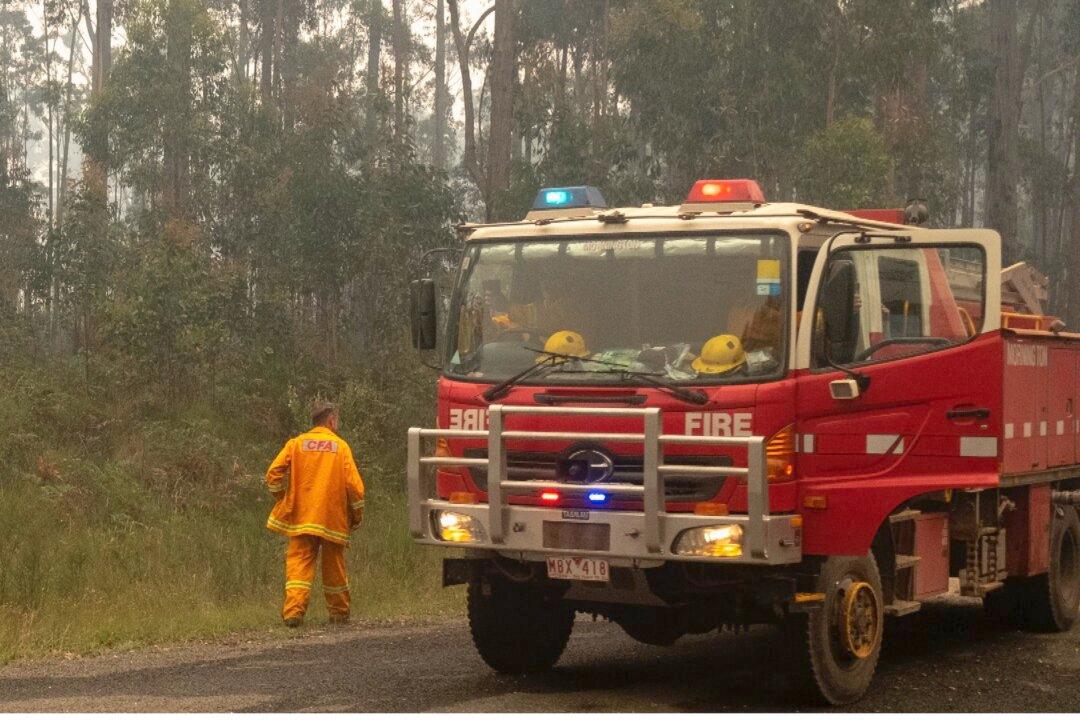Heavy downpours and thunderstorms drenched Australia’s bushfire-ravaged east coast on Friday, bringing temporary relief to firefighters battling some of the worst blazes the region has seen in decades.
Intense rain swept across Victoria, New South Wales (NSW), and Queensland—the states worst affected by the bushfires that have killed 29 people, millions of animals, and destroyed more than 2,500 homes since September.





